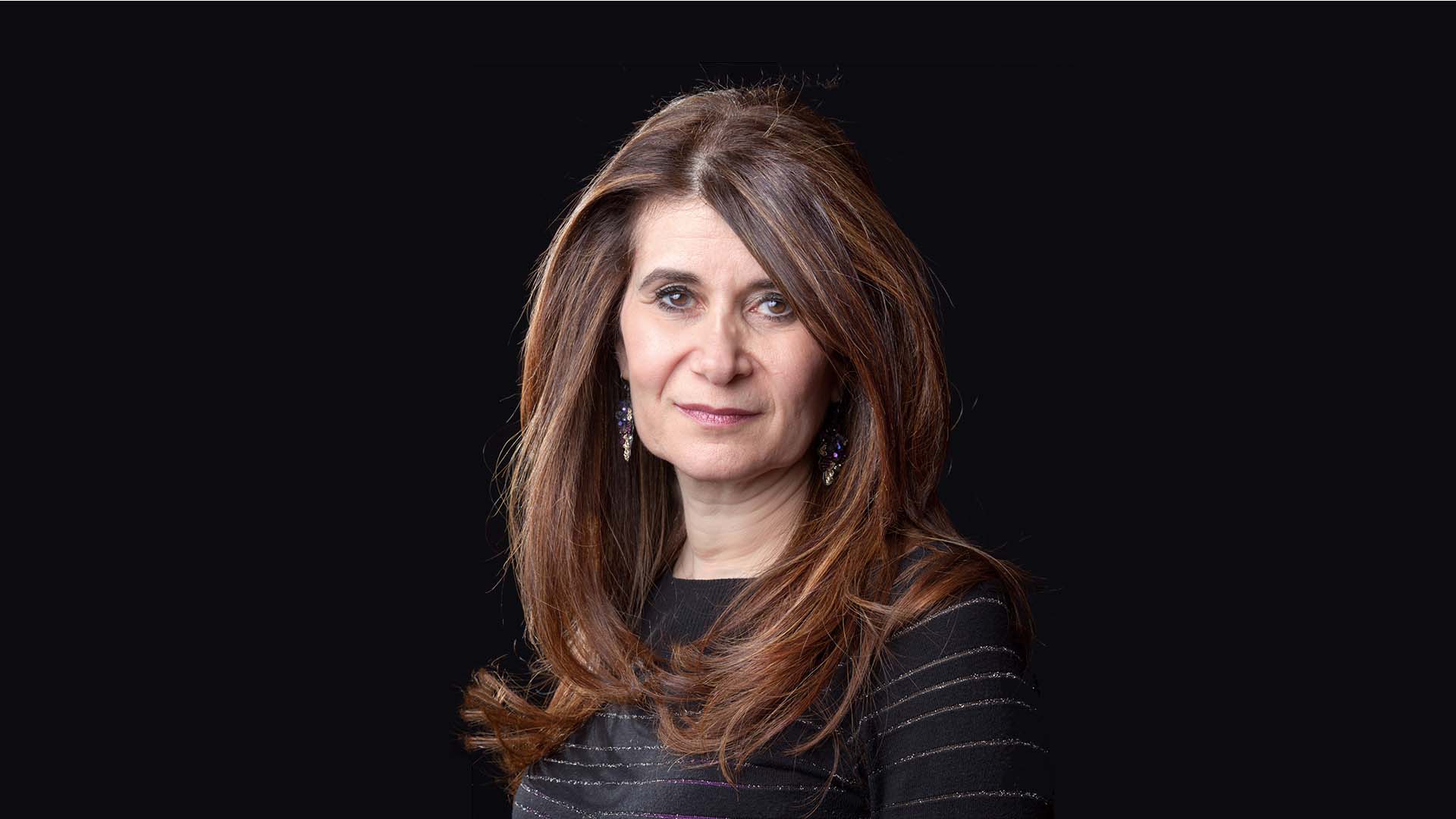Cold Spring Harbor, NY — Leemor Joshua-Tor, Ph.D., a CSHL professor and Dean of the Watson School of Biological Sciences, has been named a Howard Hughes Medical Institute (HHMI) Investigator.
Dr. Joshua-Tor, a structural biologist whose work is known and respected worldwide, is one of 56 new HHMI Investigators selected from among 1,070 applicants. They join approximately 300 Investigators in the Institute’s flagship program, who lead Hughes laboratories at 64 institutions. At CSHL, HHMI Investigators include Gregory J. Hannon, Ph.D., and Scott Lowe, Ph.D.
“Dr. Joshua-Tor is an outstanding researcher who, along with our other new Investigators, is poised to advance scientific knowledge dramatically in the coming years,” said HHMI president and Nobel laureate Thomas R. Cech, Ph.D.
“I speak for the entire faculty of CSHL in congratulating Leemor on this honor, which is richly deserved,” said Bruce Stillman, Ph.D., CSHL’s president. “She has made significant discoveries in a number of areas and we have good reason to believe there are many more successes to come.”
The Discovery of ‘Slicer’
Dr. Joshua-Tor has repeatedly demonstrated her productivity as a researcher. She is perhaps best known for her work in revealing structures involved in the gene-silencing mechanisms of RNA interference (RNAi). In 2004, she and a graduate student, Ji-Joon Song, used x-ray crystallography to identify an enigmatic protein called Slicer at the heart of the RNAi machinery. The appropriately named enzyme, a member of a family of proteins called Argonaute, acts to cleave messenger-RNAs that have paired with small interfering RNAs, effectively preventing a gene’s message from being expressed.
After solving for the structure of Argonaute, Dr. Joshua-Tor performed critical experiments with CSHL Professor Gregory Hannon, proving beyond a doubt that Argonaute was the only protein required for Slicer activity, and shedding light on a structural feature of the protein—a groove in its topography—into which a short RNA and messenger-RNA can nestle when the two are paired, prior to cleaving.
“Making those discoveries are landmark moments in my career in science, but so is the honor that has now been bestowed upon me by HHMI,” Dr. Joshua-Tor commented. “I am grateful. Being named an HHMI Investigator bespeaks a trust that the institution has placed in our lab and in our ability to make valuable contributions to science. This is precisely what I intend to do.”
Inner Workings of a Molecular Machine
Since her discovery of Slicer, Dr. Joshua-Tor has used structural biology and molecular biology tools to determine the structure of a protein called E1 that is found in papillomavirus, a DNA tumor virus that causes cervical cancer. Scientists knew that E1 was a member of a protein family called helicases that unwind the DNA double-helix during chromosome replication. They did not know, however, how helicases accomplished the task.
Dr. Joshua-Tor and Eric Enemark revealed how six E1 proteins form a molecular machine that pulls a single strand of DNA through its channel and how it utilizes ATP to do this. Additional work is underway in the lab to determine more comprehensively how this helicase complex works.
Leemor Joshua-Tor was born in Israel and trained at Tel-Aviv University, where she earned a B.Sc. in chemistry, and at the Weizmann Institute of Science in Rehovot, where she earned a Ph.D. in chemistry. Dr. Joshua-Tor was a postdoctoral fellow at the California Institute of Technology prior to joining the CSHL faculty as an assistant investigator. She was named associate professor at CSHL in 1999 and professor in 2005. She is the recipient of the Dorothy Crowfoot Hodgkin Award from the Protein Society and a Beckman Young Investigator Award.
A gifted mentor, Dr. Joshua-Tor was named co-director of the undergraduate research program at the Watson School of Biological Sciences in 2001, and in 2007 was named the school’s dean, succeeding Lilian Clark, Ph.D., M.B.A.
Written by: Communications Department | publicaffairs@cshl.edu | 516-367-8455
About The Howard Hughes Medical Institute
The Howard Hughes Medical Institute, a non-profit medical research organization that ranks as one of the nation’s largest philanthropies, plays a powerful role in advancing biomedical research and science education in the United States. In the past two decades HHMI has made investments of more than $8.3 billion for the support, training, and education of the nation’s most creative and promising scientists. HHMI’s principal mission is conducting basic biomedical research, which it carries out in collaboration with more than 60 universities, medical centers and other research institutions throughout the United States.
